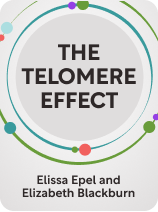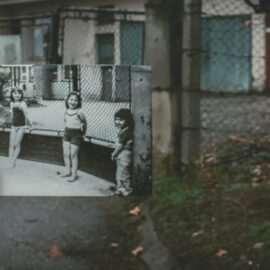

This article is an excerpt from the Shortform book guide to "The Telomere Effect" by Elissa Epel and Elizabeth Blackburn. Shortform has the world's best summaries and analyses of books you should be reading.
Like this article? Sign up for a free trial here.
How does loneliness cause stress? Which age groups does social isolation affect more?
Scientists have known for many years that social isolation causes people a great deal of stress. However, Elizabeth Blackburn and Elissa Epel say that the damaging effects of loneliness and rejection can meddle with the health of our telomeres.
Check out why loneliness and stress are an unhealthy couple.
Social Isolation Creates Stress
Loneliness and stress’s impact on telomeres occurs because everyone has an inherent need for love and connection with others—in fact, loneliness and rejection trigger the fight-or-flight response just as if you were in physical danger. As we’ve said before, this shortens your telomeres unusually quickly.
(Shortform note: In Daring Greatly, social worker Brené Brown says that people have three essential needs that must be met for them to live full, happy, and satisfying lives (what she calls Wholehearted Living). Love and connection with other people are two of those core needs, which helps explain why your brain responds to rejection (lack of love) and loneliness (lack of connection) as though you were in physical danger. The third of these needs is belonging: feeling as though you fit in, that you’re in the right place and with the right people. Therefore, it follows that a lack of belonging—feeling uncomfortable or unsafe in your environment—would have a similar effect on your well-being and your telomeres.)
The authors add that this effect is especially noticeable among two vulnerable groups: children and minorities.
Children who are isolated from their peers undergo chronic stress during a crucial developmental period. In fact, studies have shown that children who experience this and other traumas (such as from abusive parents) have significantly shorter telomeres than children raised in healthy, nurturing environments. Furthermore, these shorter telomeres can lead to early-onset cardiovascular problems—in other words, these children could develop heart conditions that you’d normally expect in people who are middle-aged or older.
Researchers have observed a similar phenomenon in minorities, such as people of color, who often face discrimination from their peers and from society. The authors say that experiencing discrimination carries significant harm beyond hurting a person’s emotional well-being and sense of worth; it also generates chronic stress, which can lead to the negative health effects we’ve been discussing throughout this section.
| Chronic Stress and CPTSD Although the link between chronic stress and telomere length is a relatively new discovery, researchers have known about the health effects of abuse and bigotry for much longer. For example, in Complex PTSD, therapist consultant Pete Walker explains that trauma like the authors are describing can lead to Complex Post-Traumatic Stress Disorder (CPTSD). CPTSD is a psychological condition that comes from prolonged, repeated abuse or neglect, usually in childhood. Walker adds that many people associate this condition only with physical or sexual abuse, but people can also develop CPTSD from long-term verbal and emotional abuse, or even neglect. Essentially, CPTSD is what happens when someone gets locked into a trauma response (which is to say, the fight-or-flight response we discussed earlier). Because of their traumatic history, the person comes to view everything as a threat, and their body and brain respond accordingly. Walker says that when dealing with complex trauma, recovery is complex as well. To be effective, a CPTSD treatment plan must address the various physical, psychological, emotional, and social harms that long-term abuse or neglect causes. |

———End of Preview———
Like what you just read? Read the rest of the world's best book summary and analysis of Elissa Epel and Elizabeth Blackburn's "The Telomere Effect" at Shortform.
Here's what you'll find in our full The Telomere Effect summary:
- Why people suffer the effects of old age
- How negative thinking and social isolation speed up the aging process
- Specific habits you can adopt to stay young longer






